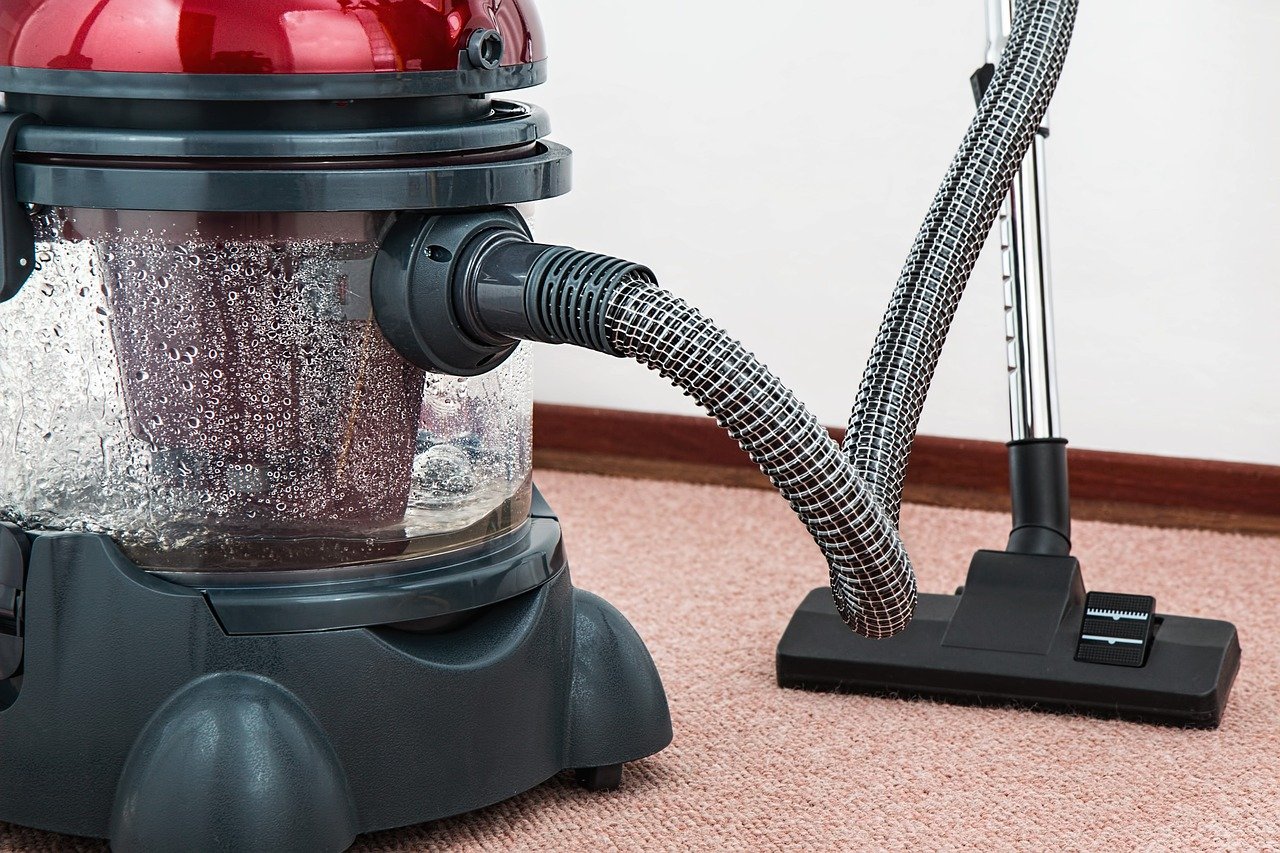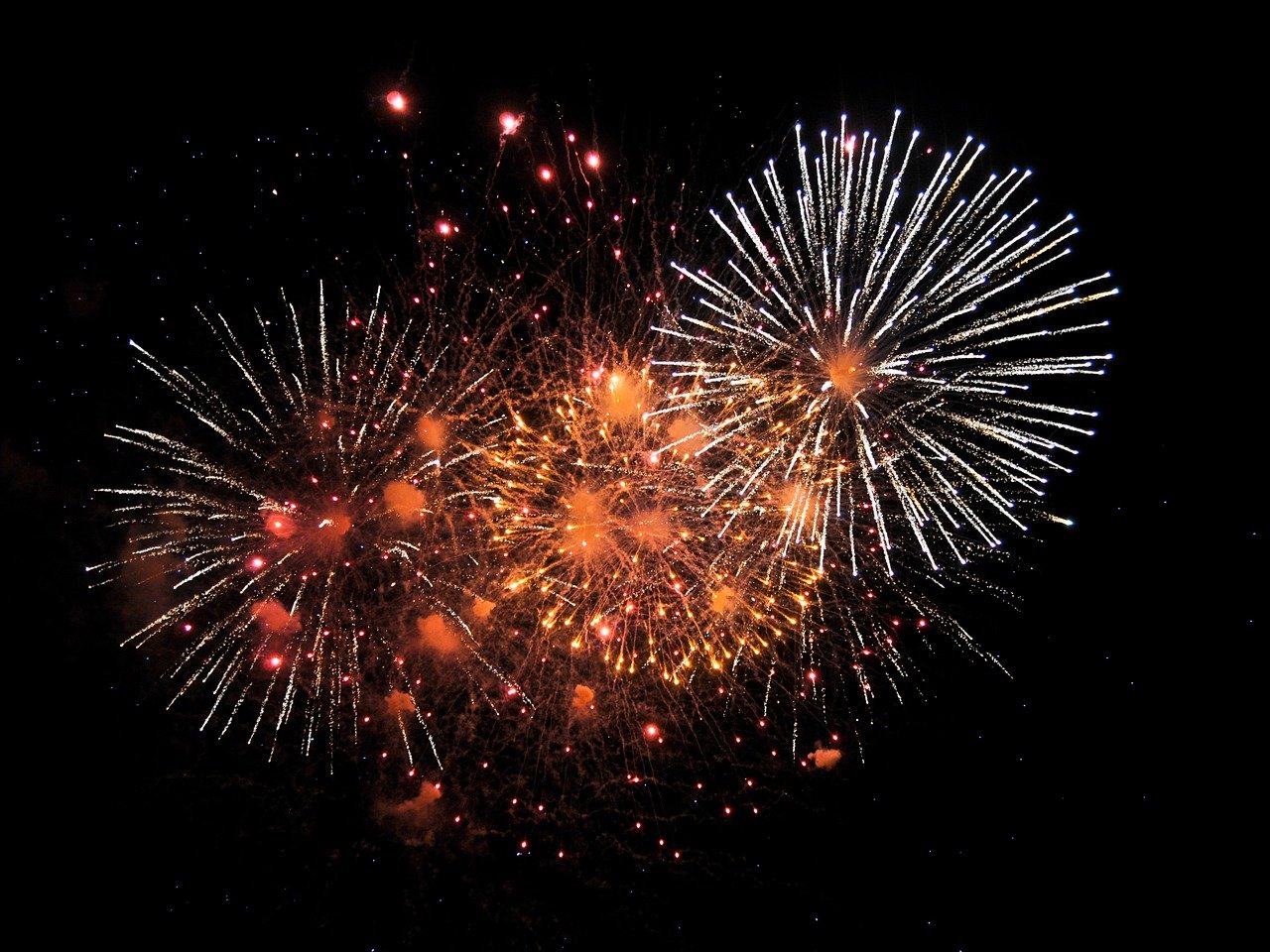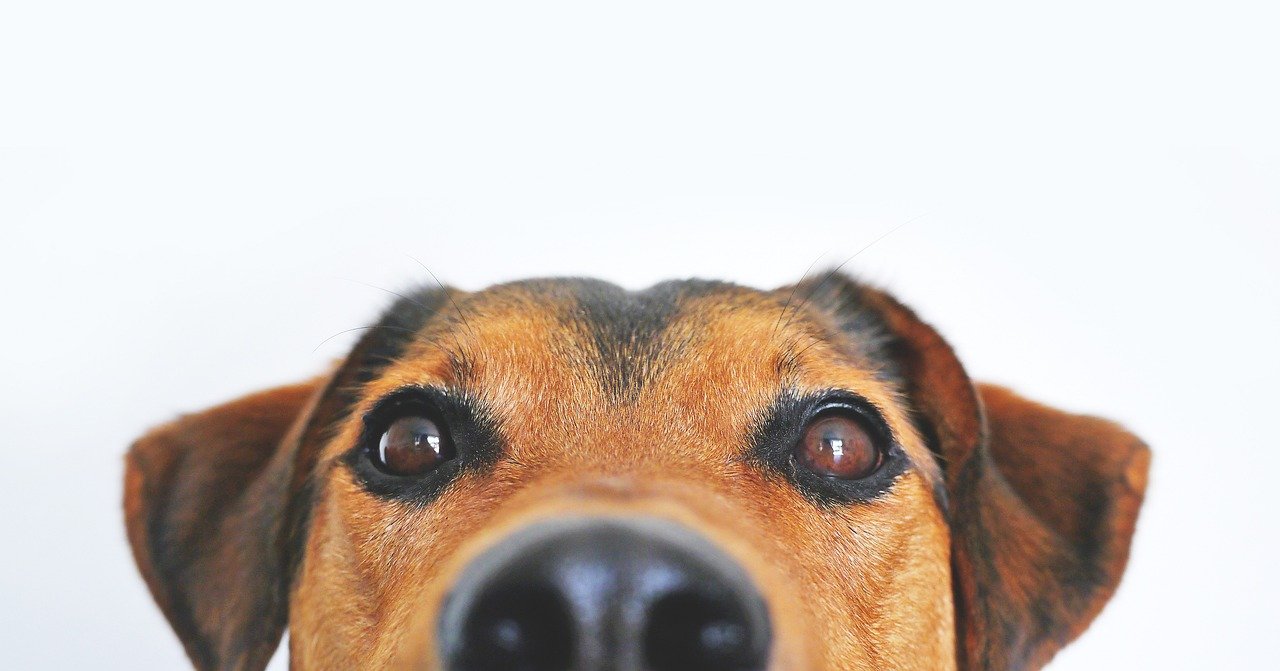You might be surprised at how many everyday household items can make your dog anxious or downright scared. From loud appliances like vacuums and blenders to strange surfaces or even certain smells, our pups can be more sensitive than we realize. These fears aren’t just quirks—they can seriously affect your dog’s comfort and behavior at home. In this guide, we’ll look at 8 common things that might be stressing your dog out and explain why they react the way they do. Understanding their triggers is the first step to helping them feel safe and secure in their own space.
Loud Appliances: The Roaring Monsters

Vacuum cleaners, blenders, hairdryers, and even washing machines often sound like terrifying monsters to dogs. Imagine if your world was suddenly shaken by a deafening roar, and you had no idea why or when it would end. That’s what it’s like for many dogs when the vacuum comes out. The high-pitched whir of a blender or the unpredictable rumble of a washing machine can send even the bravest pup running for cover. Dogs have much sharper hearing than humans, so these noises are amplified, making them even more startling. If your pooch hides or shakes when you clean or cook, it’s probably these appliances that are to blame. Over time, some dogs may learn to tolerate these sounds, but many never fully get used to them. To help, try offering treats or comfort during these noisy moments, or let your pup relax in a quieter room.
Thunderstorms: Nature’s Scary Symphony
There’s nothing quite like the crash of thunder or the flash of lightning to send a dog into panic mode. For many dogs, thunderstorms are a top fear, and the reasons go beyond just loud noises. Dogs are sensitive to changes in air pressure, the smell of rain, and even static electricity, which can make their fur stand on end. All these sensations, layered together, create a perfect storm of stress. You might notice your dog pacing, whining, or seeking out small spaces during a storm. Some dogs may even try to hide in bathtubs or under beds, desperate for shelter from the chaos outside. Thunder jackets, calming music, or simply sitting with your dog can help ease their anxiety, but for some, storms remain an ongoing challenge.
Fireworks: The Unpredictable Explosions

Fireworks are beautiful to us, but to dogs, they are a series of terrifying, unpredictable explosions. Unlike thunderstorms, which may signal their arrival with rain or wind, fireworks often come out of nowhere, especially during holidays or celebrations. The sudden bursts of light and sound make it impossible for dogs to find comfort or predict what’s coming next. Some dogs may shake or bark uncontrollably, while others may try to escape, sometimes even injuring themselves in the process. It’s heartbreaking to see a dog so frightened by something meant to bring joy to humans. If possible, keep your dog indoors with the TV or music on during fireworks, and offer favorite toys or treats for comfort.
Smoke Detectors and Alarms: The Sudden Shriek
The piercing beep of a smoke detector or the shrill ring of a home alarm is startling for anyone, but for dogs, it can trigger deep anxiety or panic. Dogs have acute hearing, so these sounds are not just loud—they’re almost painful. Unlike most household noises, alarms are high-pitched and often come without warning, making them especially frightening. You may notice your dog trembling, barking, or hiding after the alarm sounds, even if it was just a test. Some dogs develop a fear of the entire room where the alarm is located. To help, try to minimize exposure by warning your dog before testing alarms and offering reassurance when it happens.
Strangers and Visitors: The Unfamiliar Faces
When someone new walks through the door, your dog may react with barking, cowering, or hiding. For many dogs, strangers represent the unknown—and the unknown can be scary. Dogs are territorial by nature and rely on familiar scents and routines to feel safe. A new person brings a new scent, new sounds, and unpredictable energy, all of which can unsettle your pup. Sometimes, dogs have had negative experiences with strangers in the past, which only adds to their anxiety. Gradually introducing your dog to visitors, allowing them to approach at their own pace, and rewarding calm behavior can help build confidence over time.
Mirrors and Reflections: The Mystery Twin
It might sound funny, but many dogs are baffled or even frightened by their own reflection. When a dog sees another “dog” in the mirror, they don’t always recognize it as themselves. Some dogs will bark, growl, or back away from mirrors or shiny surfaces, convinced there’s an intruder. This confusion can be especially strong in puppies or dogs who aren’t used to mirrors. Over time, many dogs lose interest, but some remain wary of these mysterious “twins.” If your dog seems scared of their reflection, try to limit their exposure or gently redirect their attention with play or treats.
Certain Household Smells: The Invisible Threat

Dogs experience the world through their powerful noses, and some household scents can be overwhelming or even frightening. Strong cleaning products, scented candles, essential oils, or even certain foods can trigger anxiety. Some smells may remind a dog of something unpleasant from their past, while others are simply too intense for their sensitive noses. You might notice your dog sneezing, pawing at their nose, or avoiding certain rooms. To keep your pup comfortable, opt for mild, pet-safe cleaning products and be cautious with scented items. Remember, what smells fresh to you may be overpowering to your dog.
Costumes and Unusual Outfits: The Strange Disguises
Halloween costumes, hats, masks, or even bulky winter coats can transform a familiar person into a frightening stranger in your dog’s eyes. Dogs rely heavily on visual cues and body language, so when someone’s appearance changes drastically, it can be deeply unsettling. Your dog may bark, growl, or avoid people in costumes, unsure whether friend or foe is approaching. Even a simple hat or scarf can be enough to confuse or scare some dogs. If you love dressing up, give your dog time to sniff and investigate new outfits at their own pace. Positive reinforcement can help them learn that costumes aren’t so scary after all.
Now that you know what everyday things might be spooking your pup, you’re better equipped to help them feel more at ease at home. A little understanding goes a long way—especially when it comes to their fears. Whether it’s a noisy vacuum or a slippery floor, small changes can make a big difference in your dog’s comfort. By tuning in to their reactions and offering reassurance, you’ll create a safer, more relaxing space for your furry friend to thrive.

Andrew Alpin from India is the Brand Manager of Doggo digest. Andrew is an experienced content specialist and social media manager with a passion for writing. His forte includes health and wellness, Travel, Animals, and Nature. A nature nomad, Andrew is obsessed with mountains and loves high-altitude trekking. He has been on several Himalayan treks in India including the Everest Base Camp in Nepal.





